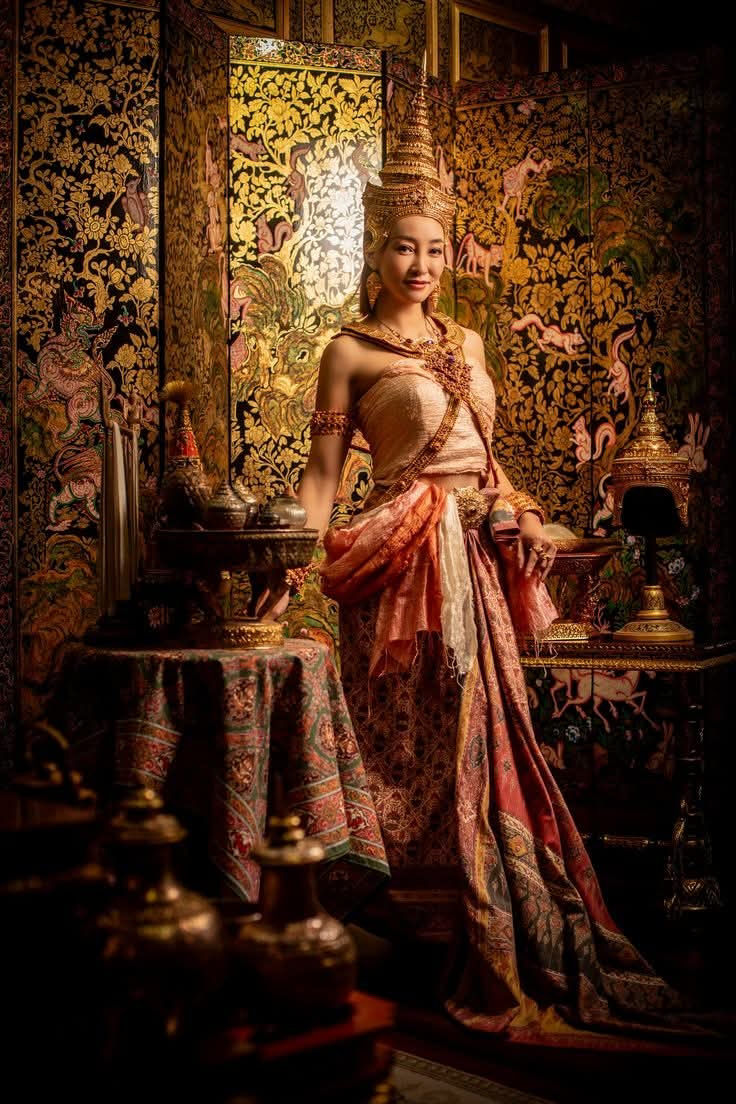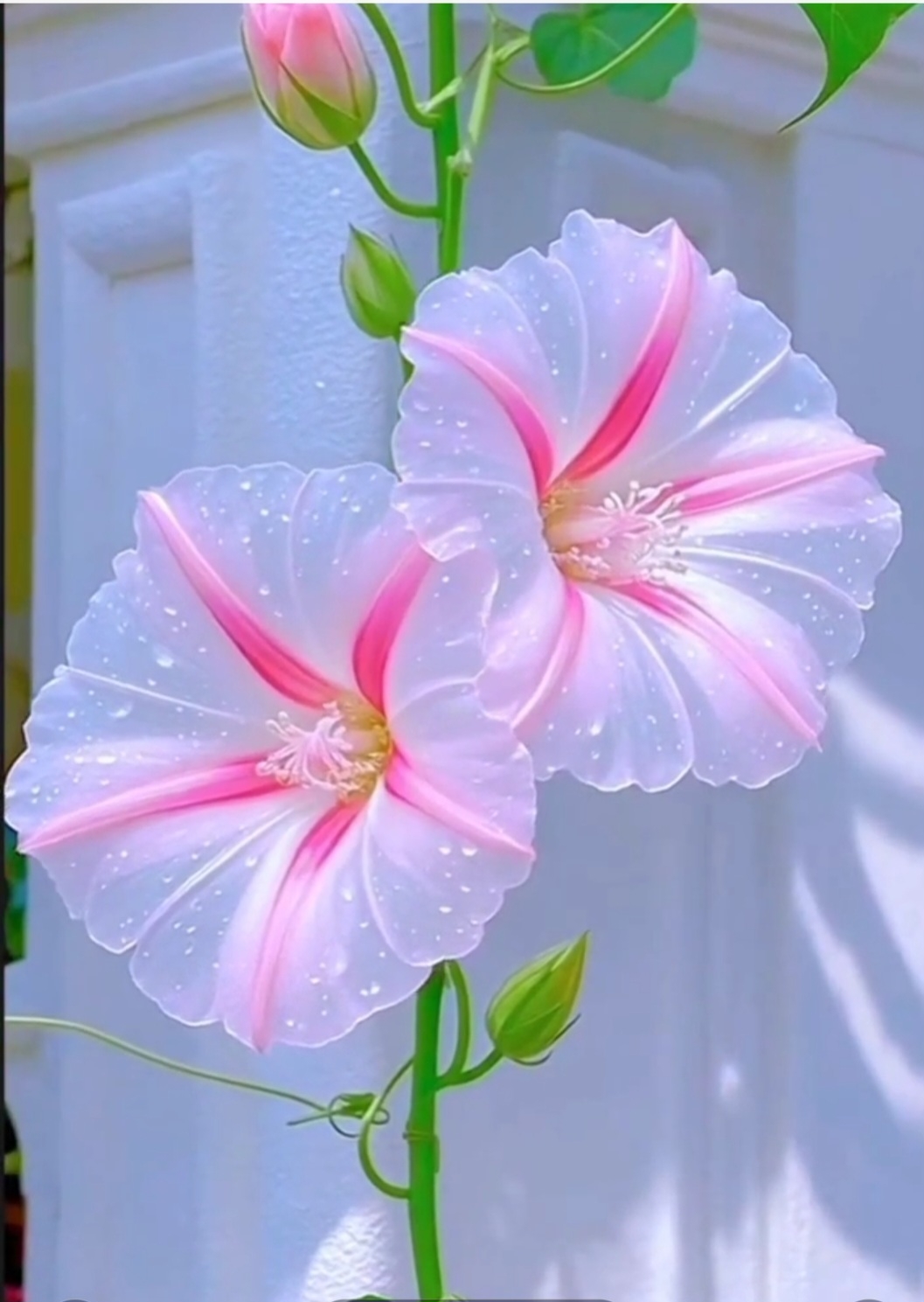It looks like you're interested in birds, but I don't see any images or documents attached. If you have a bird-themed design, photo, or document you'd like me to help with, please upload it here. That way, I can give you more specific guidance or answer questions directly related to your content!
It looks like you're interested in birds, but I don't see any images or documents attached. If you have a bird-themed design, photo, or document you'd like me to help with, please upload it here. That way, I can give you more specific guidance or answer questions directly related to your content!









